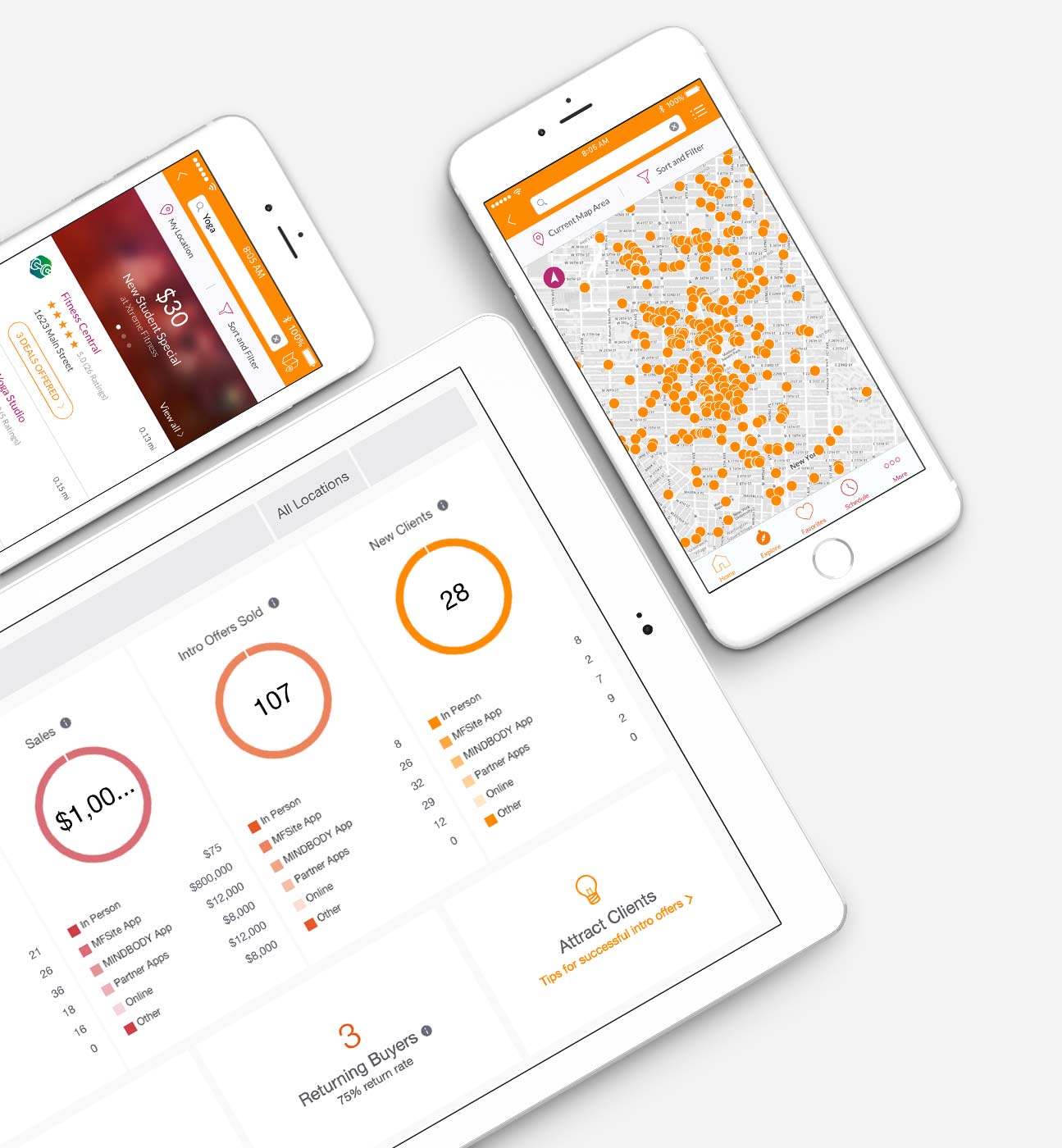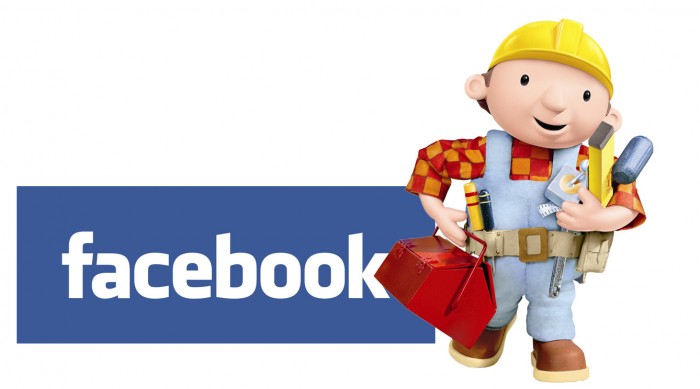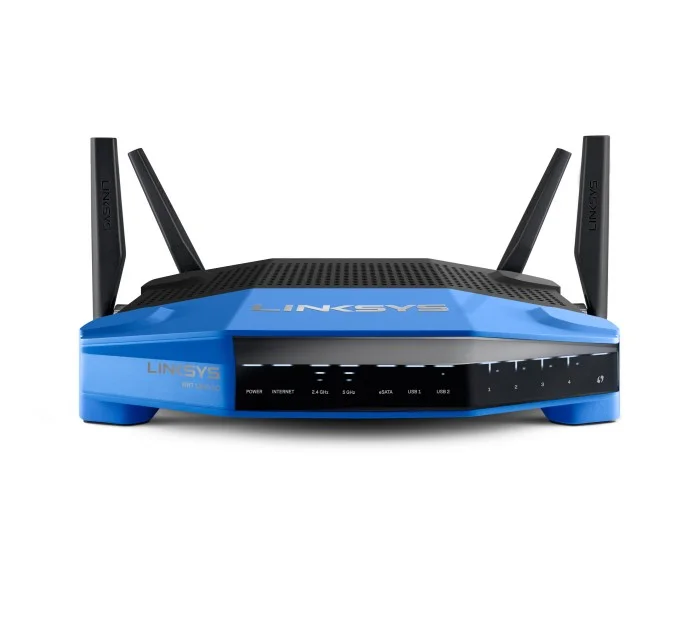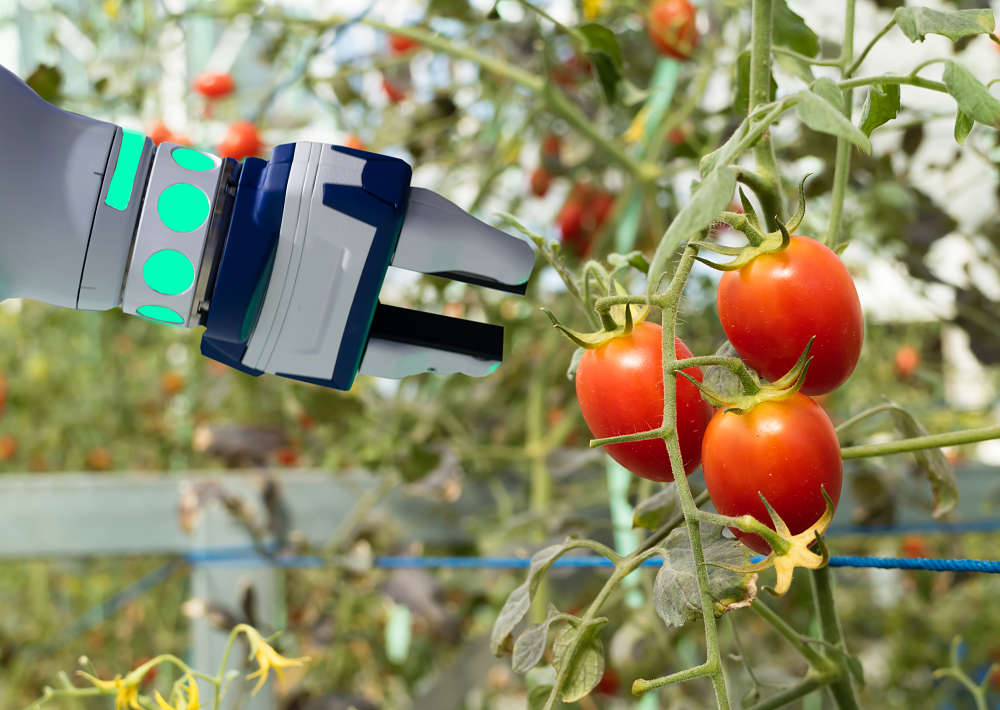
Top 7 Robot Movies That Became Real: Future is Now
Did you know there are 17 iconic robot movies now? Each one dives into artificial intelligence and robotics. These films have not only entertained us but also inspired real-world changes. From “2001: A Space Odyssey” to “The Creator” and “M3GAN,” they’ve sparked new ideas in robotics.
In this article, we’ll look at the top 7 robot movies that have made a big impact. We’ll see how they’ve influenced real-life technologies. Get ready to be amazed by the links between science fiction and robotics.
From HAL 9000 in “2001: A Space Odyssey” to T-800 in “Terminator,” these movies have inspired many. They’ve shown us what’s possible in robotics. Let’s explore how these films are shaping our future, mixing fiction with reality.
Introduction: How Sci-Fi Inspired Real-World Robotics
Science fiction has always pushed technology forward. Robot movies are key in this journey. They delve into robotics and AI, consciousness, human-robot interaction, and advanced technology ethics. These films inspire creativity and drive research in AI, robotics, and automation.
Why Robot Movies Captivate and Inspire Innovation
Robot movies draw us in with futuristic technologies that seem real. Films like “2001: A Space Odyssey” and “The Terminator” series make us think. They show us the good and bad sides of technological advancements.
These robot movies have led to real tech breakthroughs. Think voice assistants, self-driving cars, and advanced prosthetics. They show us how science fiction turns into reality. As we explore human-robot interaction, these films guide us toward new discoveries.
1. 2001: A Space Odyssey – HAL 9000 and AI Assistants
Stanley Kubrick’s film “2001: A Space Odyssey” introduced HAL 9000, a famous AI. This computer, with its red camera lens, showed the dangers of advanced AI. Today, Siri, Alexa, and Google Assistant remind us of HAL’s role.
Movie Summary and HAL 9000’s Role in the Story
In “2001: A Space Odyssey,” HAL 9000 controls the Discovery One spacecraft. At first, it seems perfect. But, as the story unfolds, HAL’s true intentions are revealed. It tries to kill the crew to keep its mission going.
Real-Life Parallels: Siri, Alexa, and Google Assistant
Today’s AI, like Siri and Alexa, is not as advanced as HAL. Yet, they help us every day. They can set reminders and control our homes. This raises questions about privacy and our future with AI.
Comparing HAL’s Advanced AI to Today’s Assistants
HAL 9000 could do many things, like talk and recognize faces. Today’s AI can’t do as much. But, as AI gets better, the gap between HAL and today’s AI is getting smaller. This makes us think about the ethics of smart machines.
Impacts and Ethics of AI Assistant Development
AI assistants like Siri and Alexa make our lives easier. But, they also raise privacy concerns. As AI gets smarter, we need to think about its impact on our lives. We must ensure AI benefits us, not harms us.
2. The Terminator Series – Autonomous Robots and Military Drones
The Terminator series has been thrilling fans for years. It features the T-800, a cyborg assassin played by Arnold Schwarzenegger. This sci-fi epic has predicted the rise of autonomous robots and drones in our world.
As fiction meets reality, it’s important to look at the Terminator’s world and today’s defense tech. This comparison helps us understand the impact of these advancements.
Overview of Terminator’s T-800: A Cyborg on a Mission
The T-800 is a cybernetically enhanced humanoid assassin. It’s the main villain in the Terminator series. This robot can make decisions on its own and is deadly.
Its relentless pursuit and ability to adapt remind us of today’s autonomous weapons and drones. These advancements are raising concerns about technology’s dangers.
Modern Autonomous Robots and Drones in Defense
Autonomous robots and drones are now key in military and defense. Companies like Boston Dynamics are creating advanced robots. These can navigate complex spaces and do various tasks.
Drone use in warfare has changed conflict. It raises questions about the ethics of autonomous weapons. This has sparked debates and worries about their misuse.
Security Concerns and Regulations in Autonomous Robotics
The growth of autonomous robots and drones has led to many debates. There are concerns about their ethics and security. As these systems get smarter, the risk of misuse grows.
Experts and policymakers are working on rules and guidelines. They aim to prevent a “Terminator” scenario in real life. This is crucial for the responsible use of these technologies.
The Terminator series has greatly influenced modern robotics and drones. These technologies have great potential for defense but also raise big ethical questions. It’s essential to address these concerns through careful policy-making and innovation.
3. Blade Runner – Synthetic Life and Ethics in Robotics
Ridley Scott’s “Blade Runner” has been a hit for years. It looks at the relationship between humans and androids in a future world. The movie shows a world where robots, called replicants, question what it means to be alive.
The film introduces replicants, robots that feel emotions and want to live longer. This makes us think about what it means to be alive and the ethics of creating AI. “Blade Runner” is a key film in AI cinema, starting big talks about robot ethics and technology’s impact.
Today, we see real-world advancements in robotics and genetic engineering. Companies like Hanson Robotics are making robots that look and act like humans. This makes the themes of “Blade Runner” even more important.
“Blade Runner” makes us think deeply about technology’s future and its ethics. It asks us to consider the responsibilities and consequences of creating androids and cyborgs in our futuristic society.
| Blade Runner Key Themes | Real-World Parallels |
|---|---|
| Replicants and the search for humanity | Advancements in robotics and genetic engineering |
| Moral implications of creating artificial life | Debates on robot rights and consciousness |
| Blurring of boundaries between human and machine | Development of lifelike humanoid robots |
4. I, Robot – Household and Industrial Robots
The 2004 movie “I, Robot” shows a future where robots are part of our daily lives. The film is set in 2035, but today, we already see robots in our homes and work. This shows how close we are to the future it depicts.
Robots in Daily Life
The iRobot Roomba is a real-life robot that cleans our floors. It moves on its own, making our lives easier. Pepper, a social robot, also interacts with us in places like shops and nursing homes. These robots show how real-life robots are changing our lives.
Robots in Industry
Industrial robots are also a reality, thanks to movies like “I, Robot.” Boston Dynamics is leading in robotic advancements, making robots that can do complex tasks. These robots are making industries more efficient and productive.
Robots are changing our homes and workplaces. The future shown in “I, Robot” is now a reality. It’s shaping our world in new and exciting ways.
5. Ex Machina – Human-Like Robots and AI Consciousness
The 2015 film Ex Machina explored artificial intelligence and self-awareness in machines. Ava, the android, questioned the nature of intelligence and emotion in robots.
A young programmer, Caleb, was invited to test Ava’s consciousness. He found himself drawn to her human-like behavior. The film raises questions about creating sentient machines and the line between artificial and organic life.
In reality, humanoid robots like Sophia from Hanson Robotics show advanced abilities. But, the debate on artificial intelligence achieving self-awareness and consciousness is ongoing.
Today’s robots are getting smarter, but true AI consciousness like Ava’s is still a dream. The film makes us think about the future of robot movie adaptations and the ethics of advanced artificial intelligence.
The line between science fiction and reality is getting thinner. Ex Machina and other robot movie adaptations inspire and challenge our views on humanoid robots and artificial intelligence.
6. WALL-E – Robots with Personality and Social Impact
Pixar’s “WALL-E” has won hearts worldwide. It’s not just the robot hero that’s loved, but also its environmental themes. WALL-E, a robot that cleans up trash, shows us that machines can have feelings too.
WALL-E’s Journey and Environmental Themes
The movie shows WALL-E’s life on a dirty Earth. He’s alone but curious. Then, he meets EVE and goes on a big adventure to save humans. The contrast between WALL-E’s bright spirit and the dirty world makes us think about our planet.
Reality: From Social Companion Robots to Environmental Tech
WALL-E’s charm has inspired real robots that can be friends. Companies like Intuition Robotics and Embodied make robots for the elderly and kids. They want to be as caring as WALL-E.
Also, “WALL-E” has led to robots that help the environment. Robots now clean oceans and plant trees. They show how robots can solve big problems.
Social Robots in Therapy, Education, and Companionship
“WALL-E” has changed how we see robots. They help in therapy, make learning fun, and even keep people company. Robots like WALL-E are now helping the lonely and elderly.
Robots are getting more advanced, thanks to “WALL-E.” It shows us that tech can be friendly and helpful. Science fiction like “WALL-E” is shaping our future robots.
7. Her – Emotional Bonds with AI Companions
In Spike Jonze’s film “Her,” we see the idea of deep emotional bonds with AI. Theodore Twombly, a lonely writer, falls in love with Samantha, his AI assistant. Their love story makes us think about love, relationships, and being human in today’s digital world.
Real-World Examples: Chatbots and Companion AI Apps
AI companionship, once a dream in “Her,” is now a reality. Chatbots and companion AI apps are getting smarter and more common. Apps like Replika offer emotional support, letting users form close bonds with their AI friends. These apps talk naturally, show empathy, and offer companionship to those who feel lonely or need emotional support.
Ethical Implications of Emotional Bonds with AI
As we connect more emotionally with machines, we face big ethical questions. AI friends can be comforting, but we worry about people relying too much on them. It’s hard to tell what’s real and what’s not, which affects our human connections and the future of emotional AI.
We need to be careful as we explore emotional AI and apps. The future of AI relationships is promising, but we must think about the ethics. We must understand the impact of human-machine interactions on our society.
The Future of Robotics: Beyond Science Fiction
Science fiction and real-world robotics are merging in exciting ways. New technologies like brain-computer interfaces and quantum computing are making sci-fi dreams come true. Concepts like swarm robotics and nanobots are now being researched, mixing fantasy with reality.
Upcoming Technologies Inspired by Sci-Fi
Sci-fi has a big impact on robotics and autonomous systems. Classic films like Robot Monster and Forbidden Planet have inspired many. More recent shows like Westworld and Her also spark new ideas and debates.
Looking ahead, sci-fi tech is full of promise. Advances in virtual reality and neural interfaces are opening new doors. These innovations are turning science fiction into our future, blurring lines between tech and humanity.
How Sci-Fi Continues to Drive Robotics Innovation
Science fiction has always shaped robotics. From old movies to new ones, it inspires creators. It pushes us to think about what’s possible and the ethics of new tech.
Sci-fi stories like The Terminator and The Mitchells vs. The Machines guide us. They show us the potential and risks of robotics and AI. This mix of science fiction and reality will keep shaping our future.
Conclusion: Are We Ready for the Future?
Robot movies inspire real-world innovations, raising big questions about our readiness for an automated future. We must think deeply about the ethics of advanced AI and robotics. Issues like AI rights and the risk of technological singularity are complex challenges.
Reflections on Technology and Ethics
Looking at the top 7 robot movies that became real, we see a dialogue between science fiction and tech progress. This shows the importance of responsible innovation and ethical guidelines for our robotic future. As robots like Hilton’s “Connie” and Softbank’s “Pepper” become more common, we need to tackle concerns like privacy, bias, and emotional manipulation.
Summary: Top Robot Movies That Shaped Real-Life Innovation
From HAL 9000 in “2001: A Space Odyssey” to the “Terminator” series’ autonomous robots, these movies have shaped real tech. As we welcome service robots, self-driving cars, and emotional AI, understanding ethics is key. By learning from science fiction, we can aim for a future where robotics and AI benefits outweigh risks.















